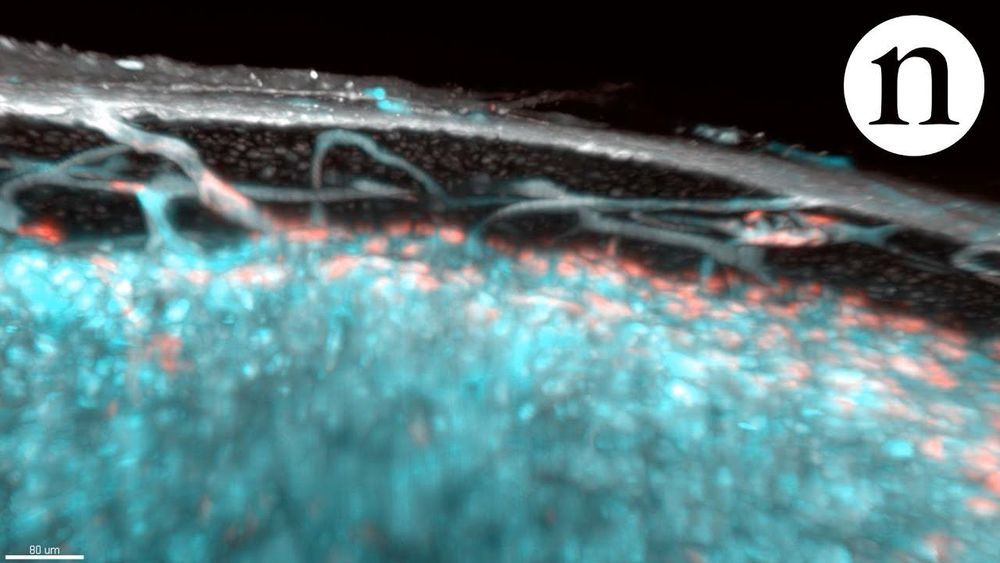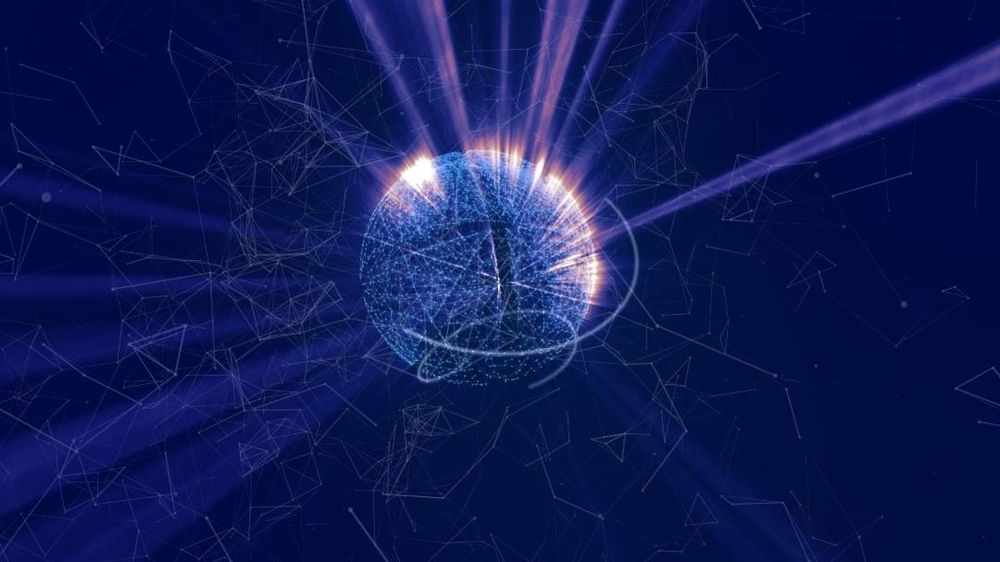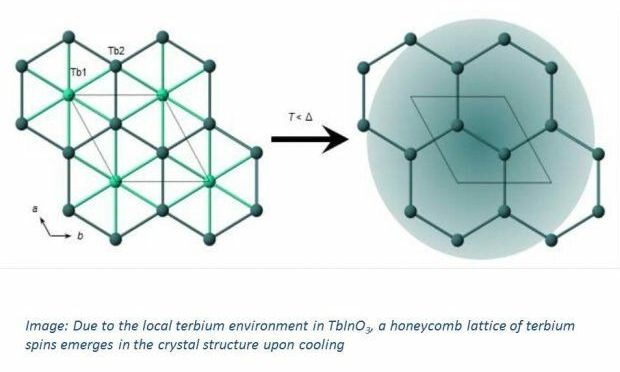Page 9519
Jan 22, 2019
An entangled atom-light state realizes a paradoxical thought experiment
Posted by Genevieve Klien in categories: particle physics, quantum physics
An old thought experiment now appears in a new light. In 1935 Erwin Schrödinger formulated a thought experiment designed to capture the paradoxical nature of quantum physics. A group of researchers led by Gerhard Rempe, Director of the Department of Quantum Dynamics at the Max Planck Institute of Quantum Optics, has now realized an optical version of Schrödinger’s thought experiment in the laboratory. In this instance, pulses of laser light play the role of the cat. The insights gained from the project open up new prospects for enhanced control of optical states, that can in the future be used for quantum communications.
Jan 22, 2019
Airbus wants to reinvent aircraft design with quantum computing challenge
Posted by Genevieve Klien in categories: computing, particle physics, quantum physics, transportation
Aeronautics giant Airbus today announced that it is creating a global competition to encourage developers to find ways quantum computing can be applied to aircraft design.
Quantum computing is one of many next-generation computing architectures being explored as engineers worry that traditional computing is reaching its physical limits.
Computers today process information using bits, either 0s or 1s, stored in electrical circuits made up of transistors. Quantum computers harness the power of quantum systems, such as atoms that can simultaneously exist in multiple states and can be used as “quantum bits” or “qubits.” These can theoretically handle far more complex calculations.
Continue reading “Airbus wants to reinvent aircraft design with quantum computing challenge” »
Jan 22, 2019
Scientists seek ‘Trojan horse’ flu virus to target prostate cancer
Posted by Genevieve Klien in category: biotech/medical
London scientists are seeking to create a “Trojan horse” version of the flu virus to target advanced prostate cancer. A team at Barts Cancer Institute has won £245,000 from Prostate Cancer UK to continue pioneering research into a disease that kills 11,500 men a year. Early trials on mice have shown that the flu virus can be re-engineered to kill prostate cancer cells that have “metastasised” and spread away from the main tumour.
Jan 22, 2019
Scientists discover new quantum spin liquid
Posted by Genevieve Klien in categories: innovation, quantum physics
An international research team led by the University of Liverpool and McMaster University has made a significant breakthrough in the search for new states of matter.
Jan 22, 2019
Facebook is building observatories possibly for laser communications
Posted by Genevieve Klien in category: futurism
Facebook has been in the news frequently of late for privacy issues that make people wary of the social networking giant. Facebook is doing something very cool with a pair of new observatories that are being built on Mount Wilson in California. These won’t be used to house giant telescopes that scan the skies for science.
Jan 22, 2019
Scientists find bacterial extracellular vesicles in human blood
Posted by Xavier Rosseel in categories: biotech/medical, neuroscience
Belgian scientists have come to the surprising finding that vesicles coming from gut bacteria, are present in blood of patients with HIV, inflammatory bowel disease and cancer. Due to the increased permeability of the intestinal wall in these patients, bacterial vesicles end up in the bloodstream and can influence the immune system. This research sheds new light into the way the gut bacteria can communicate with different organs in the human body and is published in the scientific journal Gut.
Our body lives in symbiosis with trillions of bacteria. Most of these bacteria are located in the colon and a disturbance in this intestinal flora has recently been linked to the development of diseases such as diabetes, obesity, Alzheimer’s disease, inflammatory bowel disease, HIV and cancer. Gut bacteria communicate with each other, but also with human cells, using different molecules (proteins, RNA, DNA,…). These molecules can be packaged in unique small particles that are formed by bacterial cells, bacterial extracellular vesicles.
Source:
Continue reading “Scientists find bacterial extracellular vesicles in human blood” »
Jan 22, 2019
A Totally New Type of Blood Vessel Has Been Discovered Hidden in Human Bones
Posted by Shane Hinshaw in category: biotech/medical

There’s a whole network and we’ve never seen these before!
We often think of bone as something that is structurally solid, especially its hard outer layer, called cortical bone.
Continue reading “A Totally New Type of Blood Vessel Has Been Discovered Hidden in Human Bones” »
Jan 22, 2019
Study describes metabolism of intestinal microbiota in babies for the first time
Posted by Xavier Rosseel in categories: biotech/medical, food, health
A research team with the participation of the Institute for Integrative Systems Biology (I2SysBio) of the University of Valencia, together with FISABIO and CIBERESP, has carried out the first metatranscriptomic study of the gut microbiota of babies, which has allowed to unveil the metabolism of the intestinal bacterial community during the first year of life, with a level of detail unknown until now.
This work has also involved researchers from the Joint Unit in Genomics and Health of the Foundation for the Promotion of Health and Biomedical Research of the Valencian Community (FISABIO) and the Biomedical Research Consortium in Epidemiology and Public Health Network (CIBERESP), dependent on the Carlos III Health Institute.
The environment is very important in the first years of life, both for the baby and for the bacteria of its gut microbiota. Bacteria and humans coexist in a harmonious symbiosis: people share with them the food they eat, which helps them to metabolise (10% of the energy obtained from food is as a consequence of bacterial action). In addition, bacteria influence the development of the immune and nervous systems.
















